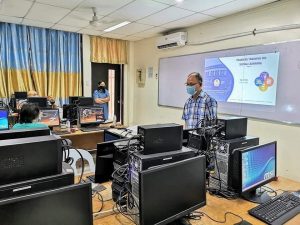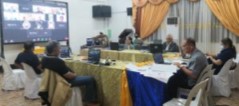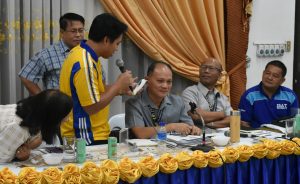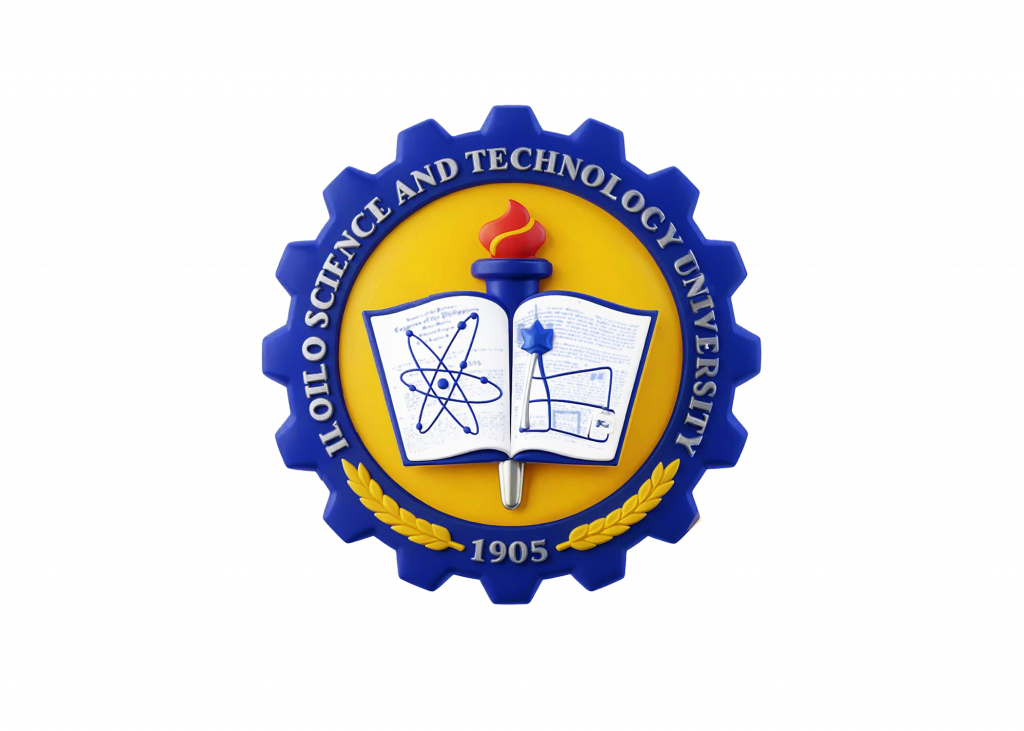
ISAT U – DTI FabLab grabbed first place and was consequently declared as the people’s choice awardee in the recently concluded “Fabsiklaban: Fabricating the New Normal”, held last January 7 – 9, 2021.
The national competition sponsored by the Department of Trade and Industry and DOST’s Advance Manufacturing Center (AMCEN) featured thirteen (13) participating fabrication laboratories in the country, with each one showcasing their various responses and innovations during this pandemic through a 5- minute video.
ISAT U – DTI FabLab was first place in the COVID-19 Response Innovations category which is a recognition of its relevant and innovative products as contributions to health workers, front liners, LGU’s and other institutions. It was also hailed as the “People’s Choice” from among the contestants which clearly shows the support of the public at large.

The other participating FabLabs include, UP Cebu, UP Los Banos, Cebu Technological University – Tuburan, USeP DigiHub, CTU – Danao, Fablab BISCAST, Fablab Bohol, Fablab Bicol, Fablab DHVTSU, Fablab JHCSC, St. Louis University and Fablab Siquijor State College.



 Services (IPEPS) with Data Analysis under the Good Governance through Data Science and Decision Support System (GODDESS) in Cooperation with Iloilo Provincial Government Public Employment Service (IPG-PESO) has been successfully submitted and approved. A virtual Forum and Contract Signing Ceremony took place on the said date with invitees coming from different parts of the country such as FSUU, PhilRice and ISU. Dr. Enrico C. Parinngit, the PCIEERD Executive Director graced the virtual ceremonial contract signing.
Services (IPEPS) with Data Analysis under the Good Governance through Data Science and Decision Support System (GODDESS) in Cooperation with Iloilo Provincial Government Public Employment Service (IPG-PESO) has been successfully submitted and approved. A virtual Forum and Contract Signing Ceremony took place on the said date with invitees coming from different parts of the country such as FSUU, PhilRice and ISU. Dr. Enrico C. Parinngit, the PCIEERD Executive Director graced the virtual ceremonial contract signing.


 Iloilo City Mayor Jerry P. Trenas recognized ISAT U’s contribution in the containment of covid 19 in the City of Iloilo.
Iloilo City Mayor Jerry P. Trenas recognized ISAT U’s contribution in the containment of covid 19 in the City of Iloilo. 









